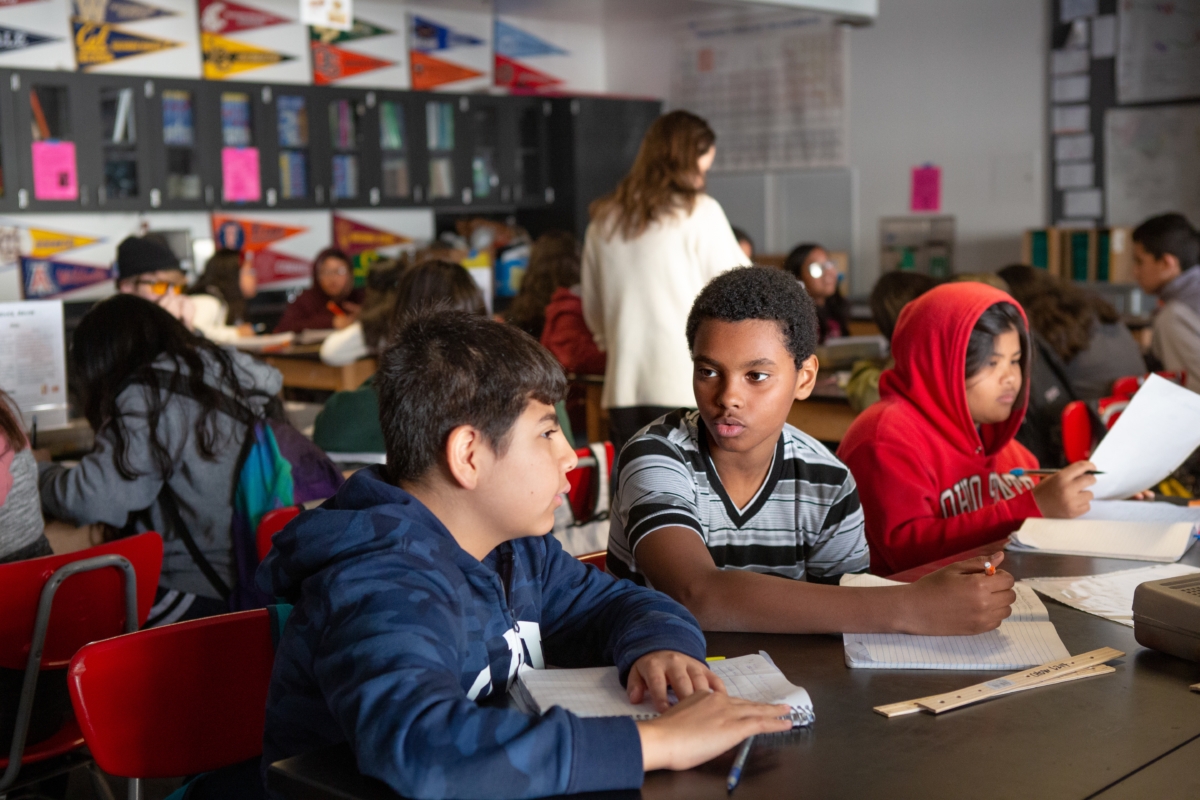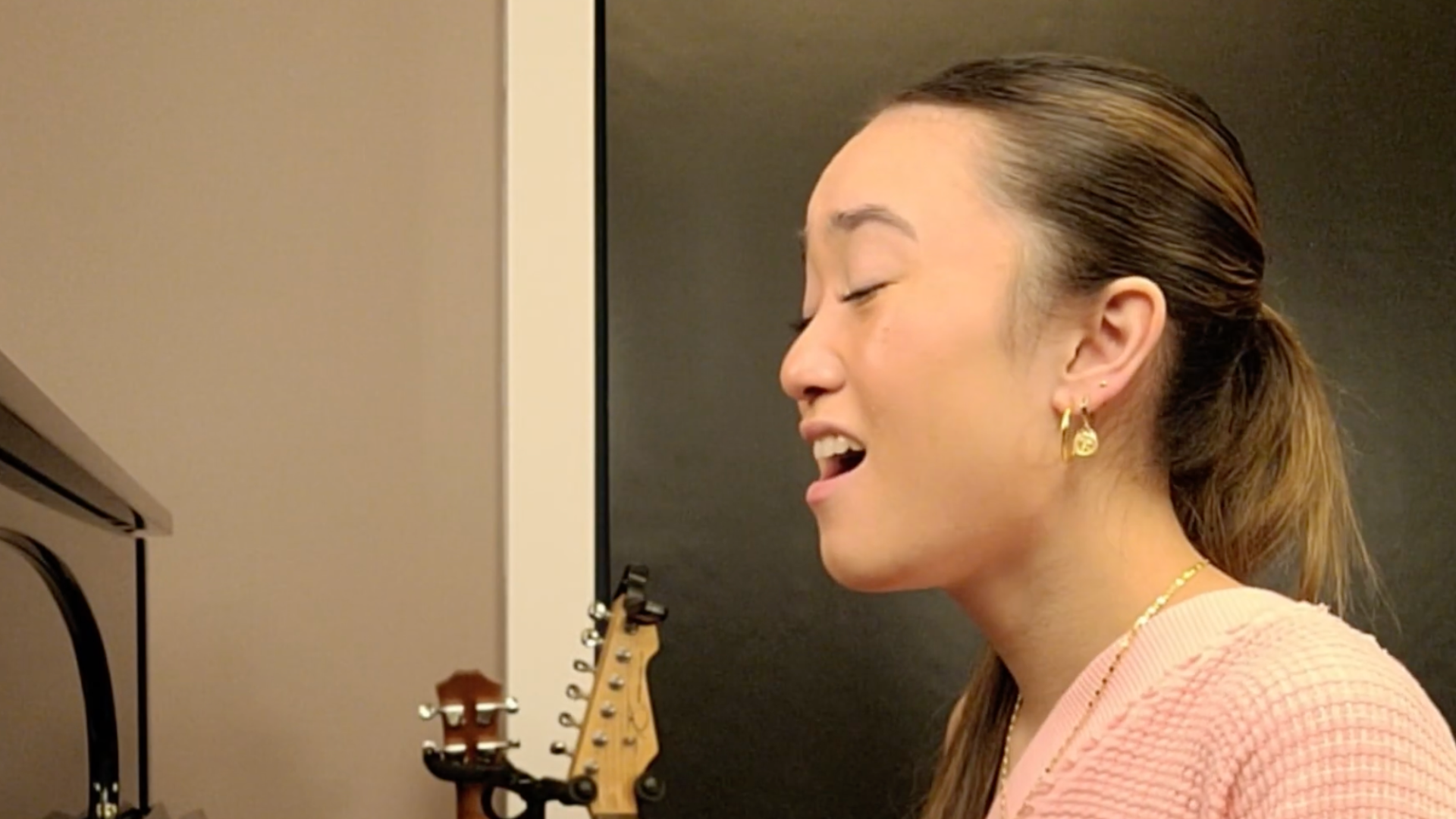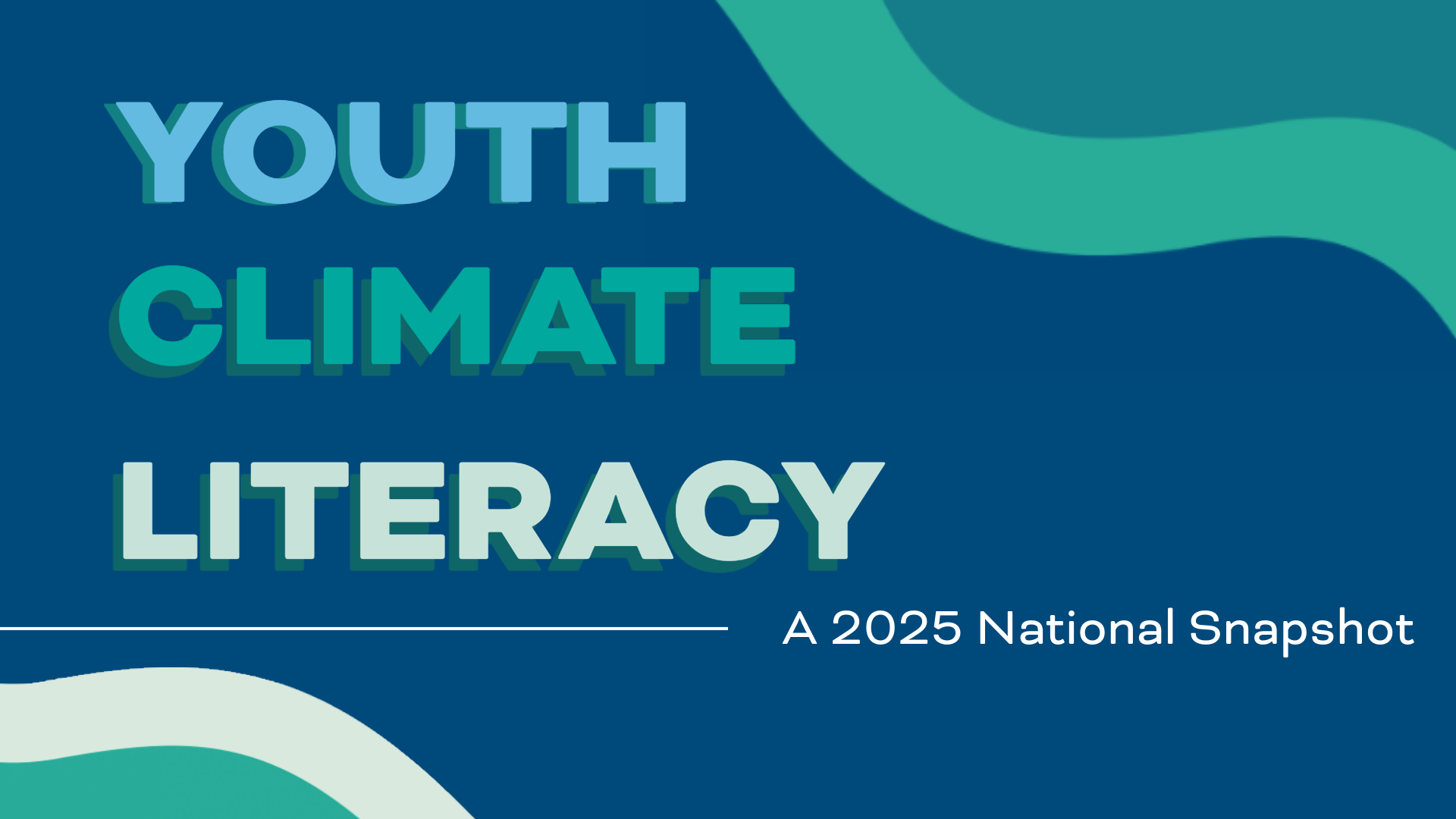Resources — Other Resources
Realizing Climate Justice: Understanding Systemic Racism and Climate Change

Photo by Allison Shelley for American Education: Images of Teachers and Students in Action
As Washington State transitions into its typical winter freeze, I have never been more thankful for windows. The Evergreen-covered mountains are still lusciously green despite the cold—one of the many joys of being a Washingtonian thanks to our state’s environmental conservation efforts which have protected our forests for so long. We Washingtonians know the value of our environment, and we’re aware of the dangers it faces under climate change.
Governor Jay Inslee has ensured this understanding, especially through Washington’s recent Climate Commitment — which is the strongest in United States history. Thanks to community advocacy including groups like Washington Youth for Climate Justice, awareness of our climate crisis has spread to the local level, and consequently, to schools.
Washington State largely has access to the resources needed to address climate change. Districts remodel schools to maintain clean energy standards, and schools develop “Green Teams” to mobilize their students. It’s safe to say that people know schools need programs and financial support to address the effects of climate change.
On the other hand, awareness is so prevalent that at schools like mine, we seem to no longer talk meaningfully about climate change. It’s seen as a waste of time to repeat something that has been heard many times before. My science classes skimmed over related content. School discussion of climate change is monotonous: yes, the world is in danger, and yes, we all must do our part. My school knows and has known for a while. Teachers joke about the end of the world. Students flood feeds with reposts supporting climate justice, sometimes to the point of redundancy.
Yet, to meaningfully discuss climate change, we need to understand that climate change affects some more than others and must be addressed with intersectionality. This understanding of climate justice for all is what has been missing in our conversations.
"To meaningfully discuss climate change, we need to understand that climate change affects some more than others and must be addressed with intersectionality."
My school is a Level Two Green school and has been fully equipped with a Green Team, energy conservation, recycling programs and other supports. It’s also located in the wealthiest county in Washington State and can easily look beyond the impacts of climate change on lower income schools, who may not have the funds to address the disproportionate impacts that climate change has on them. These lower income schools are in primarily Black and Latinx regions, who have been cursed by Washington’s education funding system.
In Washington, property taxes go straight back into schools. This means that lower income communities, typically Black and Latinx ones, will have less money for their schools. While White wealthy schools can mobilize towards remedying the effects of climate change and can afford the remodeling, recycling programs and solar panels, Black and Latinx schools don’t have the resources to keep up.
This inequity is being tackled by Seattle Public Schools (SPS), which recently passed a resolution committing Seattle schools to 100% clean energy by 2040. This resolution focuses on assembling a task force that oversees that clean energy methods are implemented in schools, and they anticipate learning benefits through students’ direct interaction with the new clean energy and through implementation of further climate education.
This resolution also prioritizes the funding of and implementation in lower income schools and neighborhoods, who are more impacted by pollution, thereby seeking true climate justice through combating the effects of systemic racism in Washington State.
However, Seattle Public Schools can only address inequity within the district. There continues to exist an imbalance between affluent districts, like SPS, and less affluent communities elsewhere in the state. Many districts do not have a sustainability program as fleshed out and multifaceted as SPS’s resolution simply because they do not have the resources.
These are the districts that will continue to struggle under the effects of climate change, and the districts whose needs are being ignored.
"Our education system must address climate racism and income inequality in a way that recognizes privilege as something that matters beyond our current social context."
Initially, I was angered that my White peers were only activists when it came to white climate justice. I was mad at their silence on racial issues while they continued to preach to the choir with the same white-minded infographics. I was upset when people posted about sustainability that was only possible for wealthy people.
Yet, their lack of understanding was caused, in part, by a school that feels like there is nothing more to say about climate change beyond our own impact. There was nothing that a student could do about this, except for make an effort to educate themselves beyond what they’ve learned in the classroom. And when these issues don’t impact the primarily rich and White students, there is little incentive to seek out more information about climate justice, especially when they may not know it exists in the first place.
Arguably, this self-preserving view to an universal issue is one that is not uncommon to many White student-activists (and activists more generally) in their navigation of the world of social justice, especially those whose social circles are primarily White. I came to accept the fact that my White peers would remain ignorant until they were educated on the matter. My original anger toward my peers turned towards the education system.
The teachers and curriculum in affluent schools have ignored climate racism, to the point where true climate justice cannot be realized. Our education system must address climate racism and income inequality in a way that recognizes privilege as something that matters beyond our current social context. Recognizing this need, school districts like Portland Public Schools have adopted Climate Justice curricula, and it’s time we see more communities do the same.
It must address the threat of climate change, not simply on affluent communities but on communities of color in particular. Our awareness of the issue is outdated, and the only way this can be remedied is through education. The affluent schools must begin to understand and address the socio-economic disadvantages that are posed to low-income schools. That way, affluent students and schools can use their privilege to create true climate justice.
The views expressed in this article are those of the author and do not necessarily reflect views of the Aspen Institute, K12 Climate Action, commission or coalition members, or organizations with which they are affiliated.


